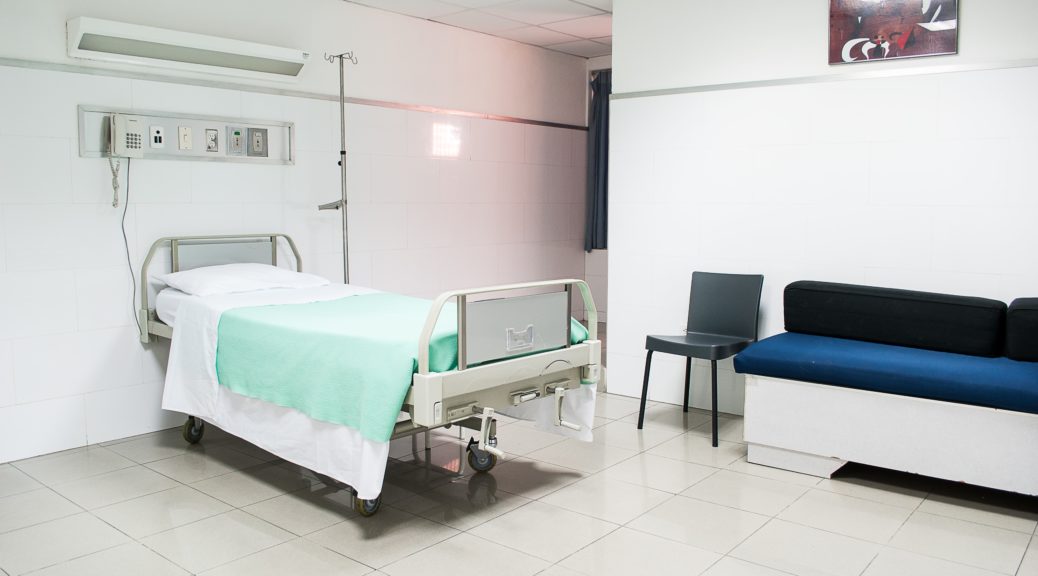
What to do when there is no latch within the first hour?
Although there is no high-quality research, it has been observed that early initiation of breastfeeding favours higher rates of exclusive breastfeeding at the time of hospital discharge and two months. But when there is no latch and breastfeeding within the first hour, what should be done?
The well-known WHO and Unicef’s “Ten Steps to Successful Breastfeeding” recommendations highlight in step 4 that mothers should be helped to initiate breastfeeding within the first half hour of the life of their newborn. According to the Clinical Practice Guideline on Breastfeeding, skin-to-skin contact favours a spontaneous first latch and only if this has not happened within one hour after birth will help be offered if necessary.
Babies are born with sufficient glucose reserves to face the first hours of life without the need for nutrition, but it is of advantage that they stimulate the breast with suction. When there is no latch, this can create families’ and professionals’ concerns for the baby’s well-being. Although the maximum time is unknown, if a newborn is healthy, asymptomatic, and there is no theoretical risk of hypoglycemia, the latch-on onto the breast can be waited for without the need for routine blood glucose monitoring or supplementation (GPC).
Thus, it seems that hospital practice should tend to protect breastfeeding by facilitating the first spontaneous latch through skin-to-skin contact without rushing or monitoring the infants’ glucose levels.
As healthcare professionals, what should we take into account when breastfeeding has not been initiated within the first hour? What actions can we suggest?
When a mother-baby dyad is admitted to the maternity ward from the delivery room, it is important to know the clinical history of the mother and of the labour, which will give useful information to recognize possible situations that could involve a risk.
After admission and settling into the ward room, you can observe the behaviour of the mother and newborn separately and their interaction together.
If this first latch has not taken place, it may be that the newborn is asleep or lethargic. Suggestions for action would include:
- Enable continuous skin-to-skin contact and ensure this is optimal (no clothing between mother and baby).
- Check the infant’s facial and lingual muscle tone and perform stimulation around its mouth if necessary.
On the other hand, the newborn may be irritable, showing the behaviour of refusal of the breast or being unable to find the breast. In this case, you could propose:
- Ensure that skin-to-skin contact is optimal and comfortable for mother and baby (make sure that the mother is comfortable and that the baby rests with their whole body on the mother).
- Monitor the baby: could there be pain (cephalohematoma, wounds due to delivery instruments), possible anatomical alterations (asymmetry, torticollis/wryneck, marked retrognathia, possible ankyloglossia/tongue-tie and so on) and check on the innate neonatal reflexes (searching, rooting, sucking and so on).
In both cases, to avoid a delay in lactogenesis II, the following recommendations can be made:
- Propose and encourage the mother to stimulate breasts for milk production and extract colostrum to offer it later to the newborn by syringe, cup or spoon. Manual hand expression is preferable, but the mother should be asked and listened to for her preferences.
- Help the family to recognise their newborn’s hunger cues.
Assessing the mother’s condition is also important in order to assess the dyad as a whole. How is the mother doing? How is her relationship with her baby?
Situations during labour may trigger a delayed initiation of breastfeeding due to fatigue, pain, emergency interventions or unmet expectations.
Listening, validating the mother’s feelings and helping her to find strategies to initiate breast stimulation for milk production should form the basis of our care as health care providers.
Finally, remember that as caregivers we should encourage the family to make their own decisions and support them in what they have decided. That is why the information we provide must be neutral, comprehensive, accurate and up-to-date.